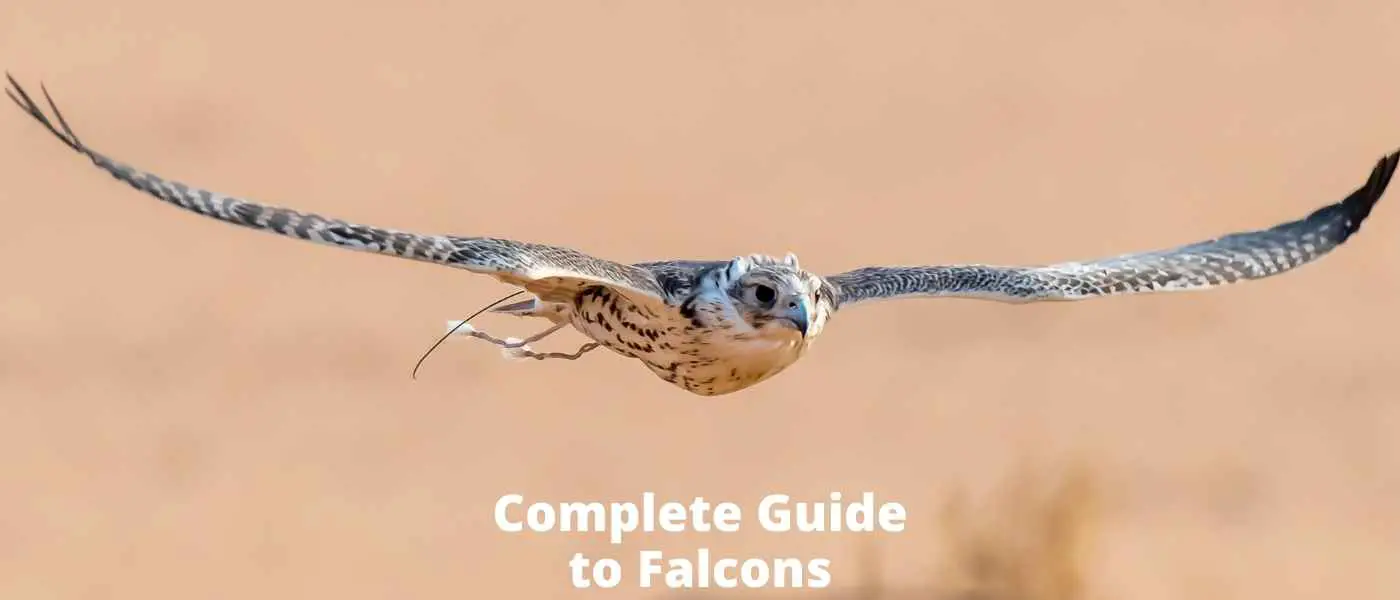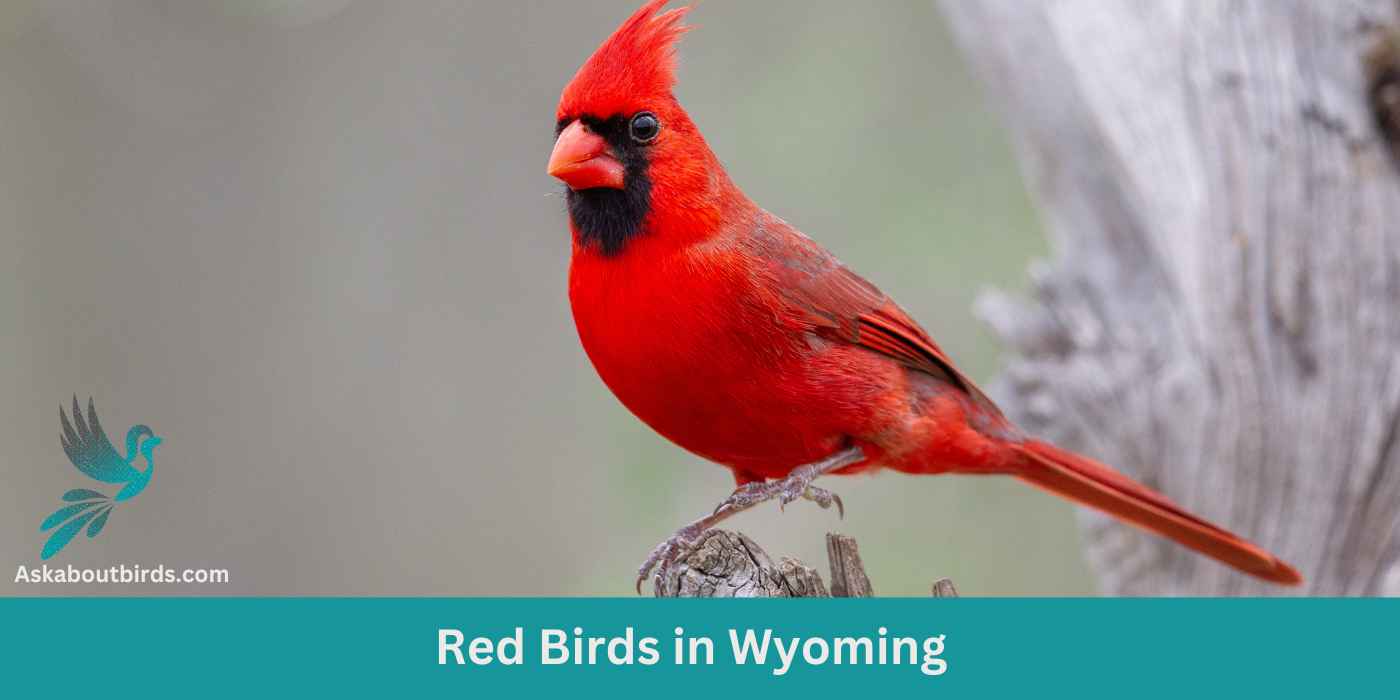There’s something about falcons that just captures the imagination. Perhaps it is their majesty, or the power they embody. Whatever it is, these birds have long been revered and admired.
In this guide, we will provide everything you need to know about these fascinating creatures. We’ll cover everything from their biology and ecology to their cultural significance.
So whether you’re a nature lover or simply interested in these amazing animals, read on for a complete guide to falcons in the United States!
What do falcons look like and where can you find them in the US
Falcons are relatively small birds of prey, with males typically measuring between 15 and 20 inches in length. Females are usually slightly larger, at 18-24 inches in length. These birds have long, pointed wings and a long tail that they use for steering and balance while flying.
The plumage of falcons can vary depending on the species, but they are generally dark above and light below, with a barred or streaked pattern. The most common falcon in the US is the peregrine falcon, which has blue-gray upperparts and white underparts with black streaks.
Peregrine falcons can be found throughout the continental United States, although they are more common in some areas than others. In general, these birds prefer open habitats such as prairies, deserts, and tundra. However, they can also be found in woodlands, marshes, and even urban areas.
Do Falcons Migrate?
What do falcons eat and how do they hunt
Falcons are carnivores, meaning that they primarily eat other animals. The vast majority of their diet is composed of birds, although they will also eat small mammals such as rodents and bats.
To hunt their prey, falcons use a combination of speed, agility, and sharp talons. They typically fly high above their prey before diving down at speeds of up to 200 miles per hour! This allows them to catch their prey by surprise and kill it quickly.
How do falcons reproduce
Falcons generally mate for life and produce one to six eggs per clutch. The female incubates the eggs for 28-33 days, while the male provides food for her during this time. Do Falcons Mate for Life?
Once the chicks hatch, they are cared for by both parents until they are old enough to fend for themselves. This typically takes anywhere from 30-60 days, after which time the young birds will disperse to find their own territory.
What is the cultural significance of falcons
Throughout history, falcons have been revered by many cultures. In ancient Egypt, these birds were associated with the god Horus, and they were often used in hunting and falconry.
In medieval Europe, falcons were symbols of nobility and power, and only those of high status were allowed to own and train these birds.
Today, falcons are still widely admired, although they are no longer confined to the elites. These birds are now appreciated by birders and nature lovers alike, and their populations are carefully monitored by wildlife biologists.
How does climate change impact their populations and migration patterns
Climate change is impacting the populations of many animals, including falcons. As the climate warms, some species of falcons are finding that their traditional migration routes are no longer viable. This is forcing them to adapt and find new ways to migrate.
In addition, rising temperatures and shifting precipitation patterns are affecting the distribution of prey species, which can impact the survival of falcons.
As a result of these and other factors, biologists are closely monitoring the populations of all falcon species in the US to ensure that they remain healthy and stable.
What can you do to help protect these birds
There are many ways that you can help protect falcons and other bird species. One of the best things you can do is to support organizations that are working to conserve these animals.
You can also help by reducing your own impact on the environment. This includes things like cutting down on your use of plastic, driving less, and conserving energy. Every little bit helps!
Fun facts about falcons in the US
Did you know that the peregrine falcon is the fastest animal on Earth? These birds can reach speeds of up to 200 miles per hour when they are diving for prey!
Another interesting fact about falcons is that they have excellent vision. In fact, their eyes are almost as large as human eyes in proportion to their head size.
Falcons are also known for their sharp talons. These claws can be up to three inches long and are used to help the birds kill their prey.
Did you know that there are over 40 different species of falcon in the world? These beautiful birds can be found on every continent except for Antarctica.
The largest species of falcon is the gyrfalcon, which can have a wingspan of up to six feet! The smallest species is the pygmy falcon, which has a wingspan of just over one foot.
Whether you’re interested in their biology or cultural significance, there’s no doubt that falcons are truly fascinating creatures. We hope this guide has provided everything you need to know about these amazing birds! Thanks for reading!




